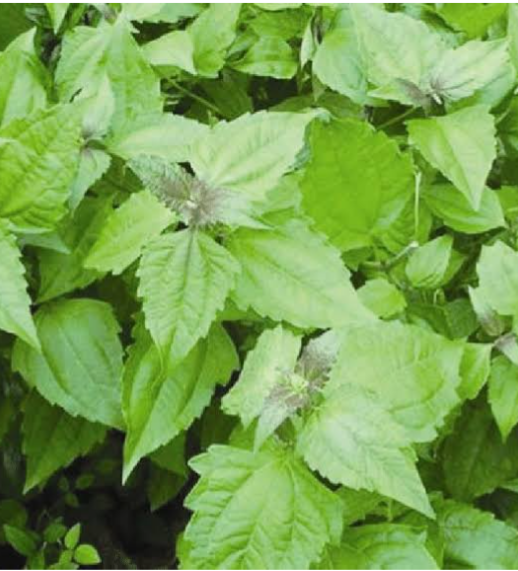
What are Weeds?
Weed is any plant growing where it is not wanted. It is a plant whose growth interferes with that of the crop for which the soil is meant, and it therefore becomes a nuisance to man. They also interfere with variety of human activities such as farming, sporting, construction, etc. They affect agriculture, forestry, highway, waterway and public land management, arboretum, park and golf-course care, and home landscape maintenance.
Weeds range from different plant forms such as trees, shrubs, and herbs. They grow very fast in different types of soil but develop faster and healthier in Soils that supply their nutrient need. Some useful plant may also be referred to as Weeds especially when cultivated plants escape cultivation and begin to grow where they are not planted, they become weeds or invasive species. For example, a tomato plant growing in a rice farm is a weed because it was not planted along with the rice even though it is a useful plant.
COMMON GARDEN WEEDS
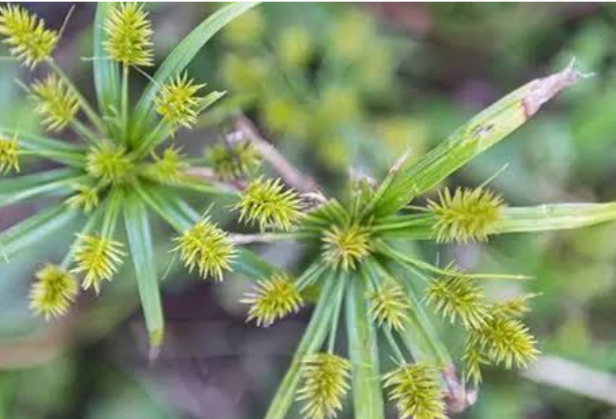
1. Water leaf ( Talinum triangular)
2. Pwd wee ( Tridax procumbens)
3. Southern gamba grass (Andropogon tectorum)
4. Northern gamba grass ( Andropogon gayanus)
5. Giant star grass ( Cynodon plectostachus)
6. Bahamas grass ( Cynodon dactylon)
7. Elephant grass ( Pennisetum purpureum)
8. Spear grass ( Imperata cylindrica)
9. Carpet grass ( Axonopus compress us)
10. Sedge ( Cyperus spp)
11. Wild amaranth ( Amaranthus spinosus)
12. Goat weed ( Ageratum conyzoides)
13. Dodder ( Cuscuta spp)
14. Pig weed ( Boerhavia diffusa).
15. Mexican sunflower (Tithonia diversifolia)
Aquatic Weeds
15. Water Fern (Salvinia molest)
16. Water Hyacinth (Eichhornia crassipes)
17. Water Lettuce (Pistia stratiotes.)
These Weeds are common to tropical climate.
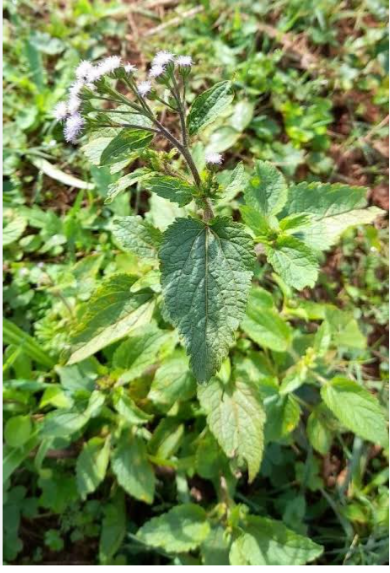
CHARACTERISTICS OF WEEDS
1. Weeds range from different plant forms such as tress, shrubs and herbs.
2. They grow very fast in different kinds of soil but develop healthier in Soils that supply their nutrient needs
3. They spread very easily through different agents of dispersal such as man, animals, insects, water, wind, farm machines and tools etc
4. They survive hash weather conditions because they develop root systems such as bulbs, rhizomes and suckers
5. Some Weeds are particular to some crops because they adapt to the weather condition where they crop can survive.
6. They compete with crops for food, water, space and sunlight
7. They produce lots of seeds within a short period of time.
8. Some Weeds are beneficial to Man, livestock and crop farming. For example, water leaf is used as vegetables, elephant grass is feed upon by ruminants, and all Weeds are used as mulching material and compost making.
9. Some Weeds produce chemical substances that are detrimental to crop development and poisonous to Livestock.
10. Weeds herbour pests and pathogenic organisms that are harmful to crops and Livestock.
11. Some weed seeds resembles crop seeds, therefore mixes and contaminate crop seeds during havest.
DISADVANTAGES OF WEEDS
1. They compete with crops for space, water, nutrients and sunlight.
2. They harbour pest and pathogenic organisms that harm crops and Livestock. For example, prickly lettuce (Lactuca scariola) and sow thistle (Sonchus species) that serve as hosts for downy mildew; wild mustards (Brassica species) that host clubroot of cabbage;
3. They are difficult to control
4. They reduce the market value of crops like grains which have similar type of seeds with the weeds
5. They may cause injuries to livestock mouth and skin. For example, Amaranthus spinous has spins which is unpalatable to animals.
6. They can lower the values of animal products such as wool. Cockleburs (Xanthium species) can reduce the value of wool.
DIFFERENT WEED CONTROL METHODS
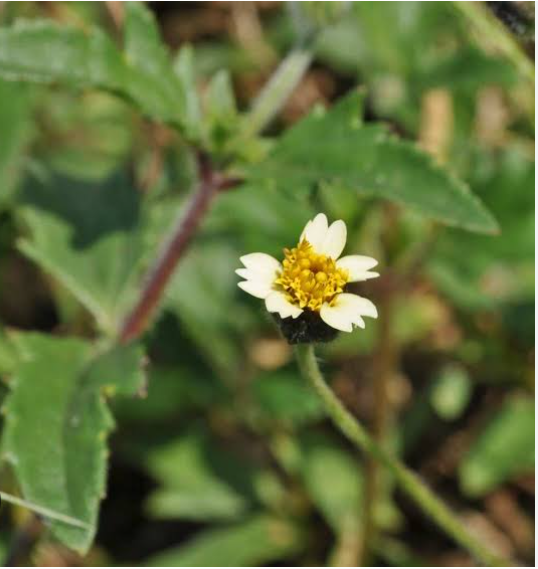
There is need to control Weeds because they are nuisance to human, crop and their livestock. There are different weed control methods. These weed control methods include:
Chemical method
Biological method
Cultural method
Preventive method
Mechanical method
Integrated methods
1. PREVENTIVE METHOD: This refer to methods taken to prevent the introduction of weed spp or seeds to a given environment or geographical area as well as preventing the multiplication and spread of those already existing in the area. Preventive measures include all sanitation measures used in all agricultural Enterprise. Such measures include :
a) ROUGING: This is the uprooting of a plant that is diseased and bury it. Therefore, the weeds that have escaped control (herbicide control) are uprooted and buried. These Weeds are problematic Weeds.
b) Planting of seeds that are free of weed seeds
c) Cleaning of seeds infested with weed seeds
d) fallow management
d) Proper quarantine and regulation of contaminated crop seeds
E) Preventing Weeds from flowering or seeding.
f) Transport of seed and plant parts from farm to farm
G) Proper cleaning of tillage machines and some machineries
h) use of clean farm implements or tools
I) Intensive rearing of animals
Planting of contaminated crop seeds continue to be a major source of spread of noxious Weeds. Through this way, Weeds are spread from continent to continent, country to country, region to region, and from farm to farm. Livestock, farm machines and tools, erosion and Animal feeds and manure etc can be agents that assist weed seed spreading.
2. BIOLOGICAL METHOD : This is a broad term for the exploitation of living organisms or their products to reduce or prevent the growth or reproduction of Weeds. This is a type of biological weed management that uses organisms to reduce the growth and adverse effects of Weeds. Weeds are controlled or suppressed by the action of one or more organisms through natural means or manipulation of the weed organisms by the environment. Organisms used for weed control include various types of animals, plants, fungi and bacteria
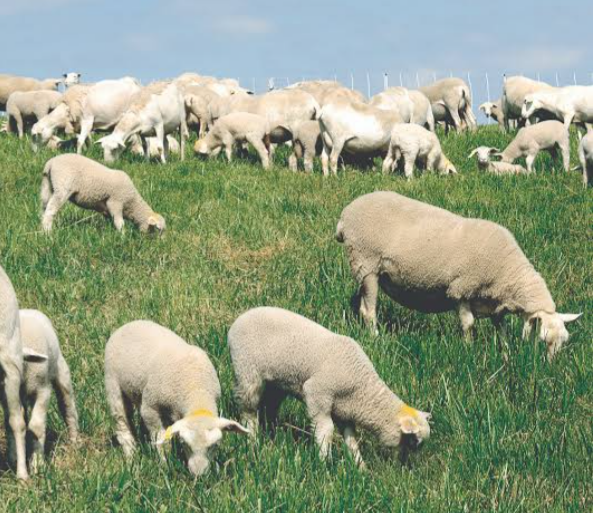
DIFFERENCE BETWEEN BIOLOGICAL WEED MANAGEMENT (BWM) AND BIOLOGICAL WEED CONTROL (BWC)
a) .The difference between biological weed control and biological weed management is in the nature of the organisms used and the objectives to be achieved by their use.
b) . B. W. C involves the delibrate use of organisms such as insects or fungi to control Weeds. While B. W. M involves the use of plants, competition and allelopathes, resistance varieties and natural chemicals.
TYPES OF BIOLOGICAL WEED CONTROL METHODS
a) . Use of cover crops and live mulch
b) . Competitiveness of crops: Some crops grow faster and will have competitive advantage. While crops like Pepper grow very slowly, will have competitive disadvantage.
c) . Use of vertibrate animals like sheep to graze on the weeds
d) . Use of invertebrate animals like the Cochineal insect ( Dactylopius ceylonicus. Green) used to control Opuntia vulgaris in Southern India around 1863. Moth ( Cactobastis cactonem) used to control Weeds in Australia
e) . Use of microbial organisms like bacteria, fungi, nematode and virus.
f). Use of plant canopy.
3. CULTURAL METHOD : This include hand weeding, tillage, burning, flooding, mulching, and crop rotation.
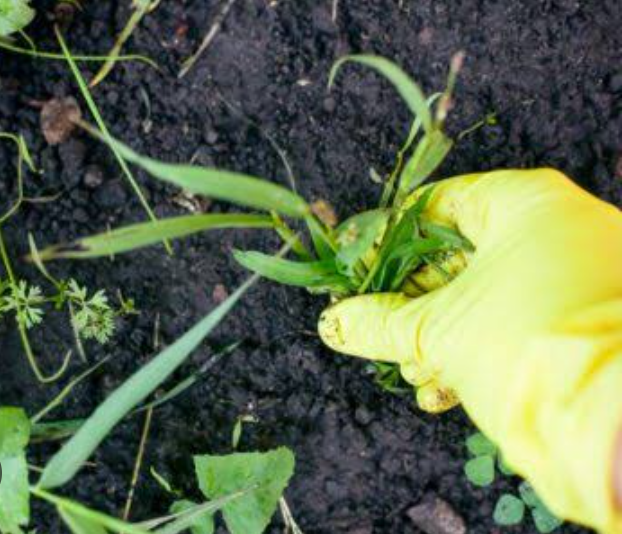
4. CHEMICAL METHOD : This is the use of chemical or pesticides called herbicide to control Weeds. Herbicides are useful for the control of Weeds but their performance is governed by a number of factors which must be known by the user of the herbicides inorder to get a desirable result. One of the difficulty in the use of herbicides is that most herbicides that kill weeds are non-selective. They do not just kill Weeds but also destroy all or most plants, including crops planted on the field which the farmer wants to protect.
Examples of herbicides are : Roundup (glyphosate), 2,4 D (2,4, dichlorophenoxyacetic acid), Atrazine, etc.
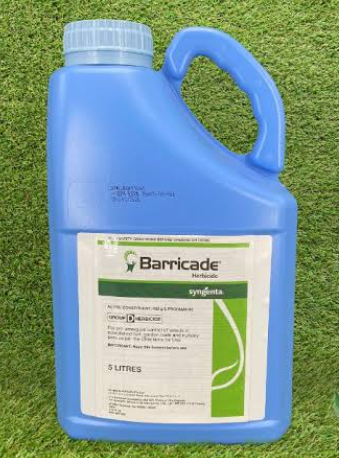
ADVANTAGES OF CHEMICAL WEED CONTROL
a) . Less drugry
b) . Weeds can be selectively controlled with less or no injury to crops
c) . There is little or no soil disturbance
d) . It is the fastest control method
e) . It is less likely to be affected by weather condition etc.
DISADVANTAGES OF CHEMICAL WEED CONTROL
a) . Weeds can develop resistance to some herbicides
b) . Cropping system like mixed cropping will prevent the use of herbicides
c) . Dry spell can affect the effectiveness of pre emergence herbicides
d) . Poor spraying calibration can cause injury to potential crops
e) . Special skills are required to spray herbicides
Herbicides are poisonous to Weeds and they are manufactured in different forms such as liquids, granules, capsules, solid, wettables, and dust etc.
5.MECHANICAL WEED CONTROL METHOD
This is the use of tillage machines to control Weeds. Mechanical weed control is Majorly practiced in mono-cropping or plantation where a single crop is planted. It is a widely used method of row-crop weed control, but difficult to use in mixed cropping.
DISADVANTAGES OF MECHANICAL WEED CONTROL METHOD
a) . The tillage machine can cause soil compaction
b) . Exhaust fume from the machine can cause environmental hazard such as ozon layer depletion, and green house gas effect.
c) . The weed knives of the machine can injure crop roots and root crops in the soil
d) . Can tilling can cause erosion
e) . Tillage tools can spread perennial weeds rapidly, bringing about rapid infestation of the whole fields.
6. INTEGRATED WEED CONTROL METHOD (IWM)
This is a strategy that combines two or more weed control methods to economically control Weeds while minimizing environmental hazards. It is one of the best option for weed management in Nigeria. For example, some farmers uses chemical method with cultural method. This method is common among Nigerian small scale farmers
ADVANTAGES OF IWM
a) . It is cheaper and MORE economical
b) . It is more environmental friendly
c) . It is simple without complication
d) . It is more effective with better result
e) . It afford the farmer to chose the appropriate weed control method for his farm business without any restriction.
